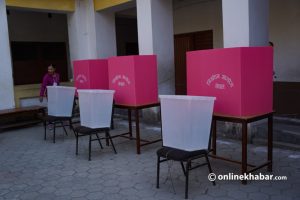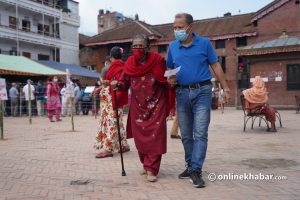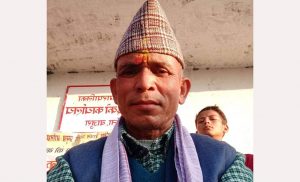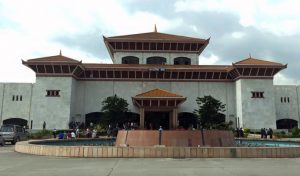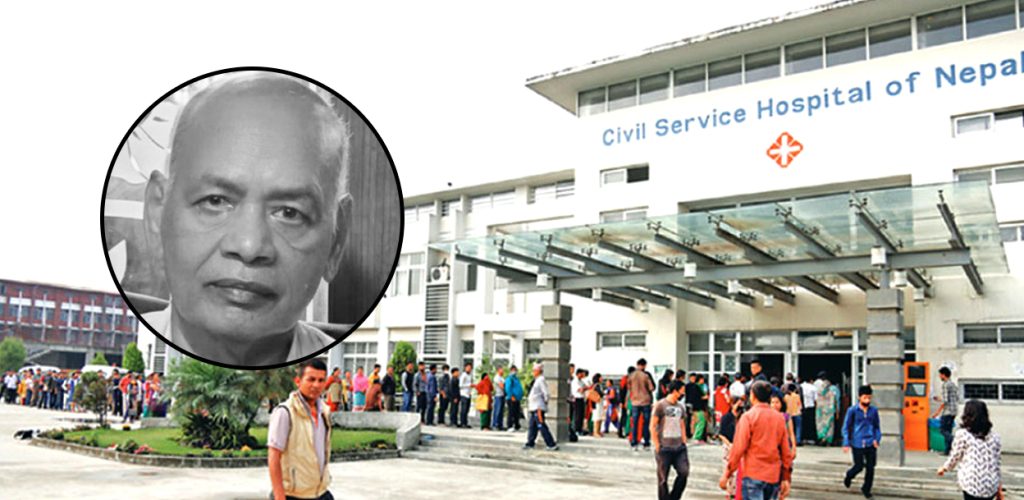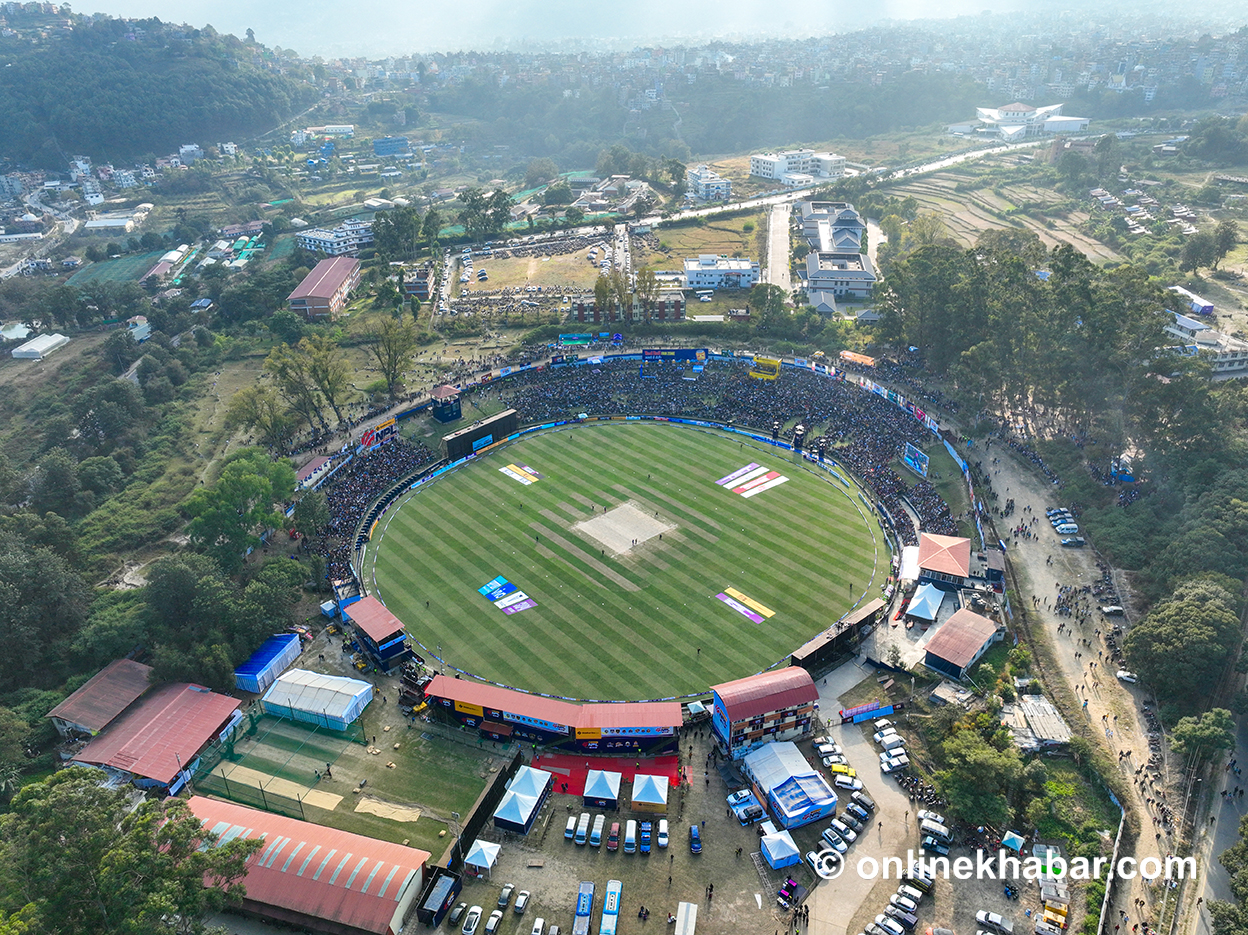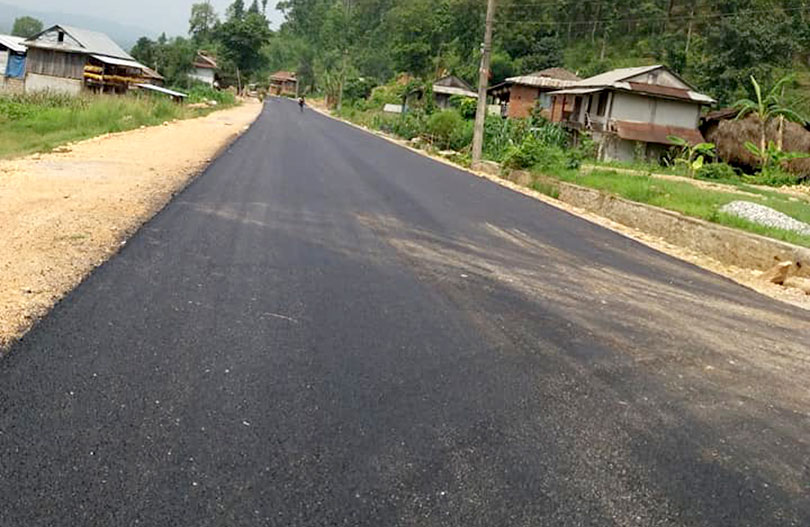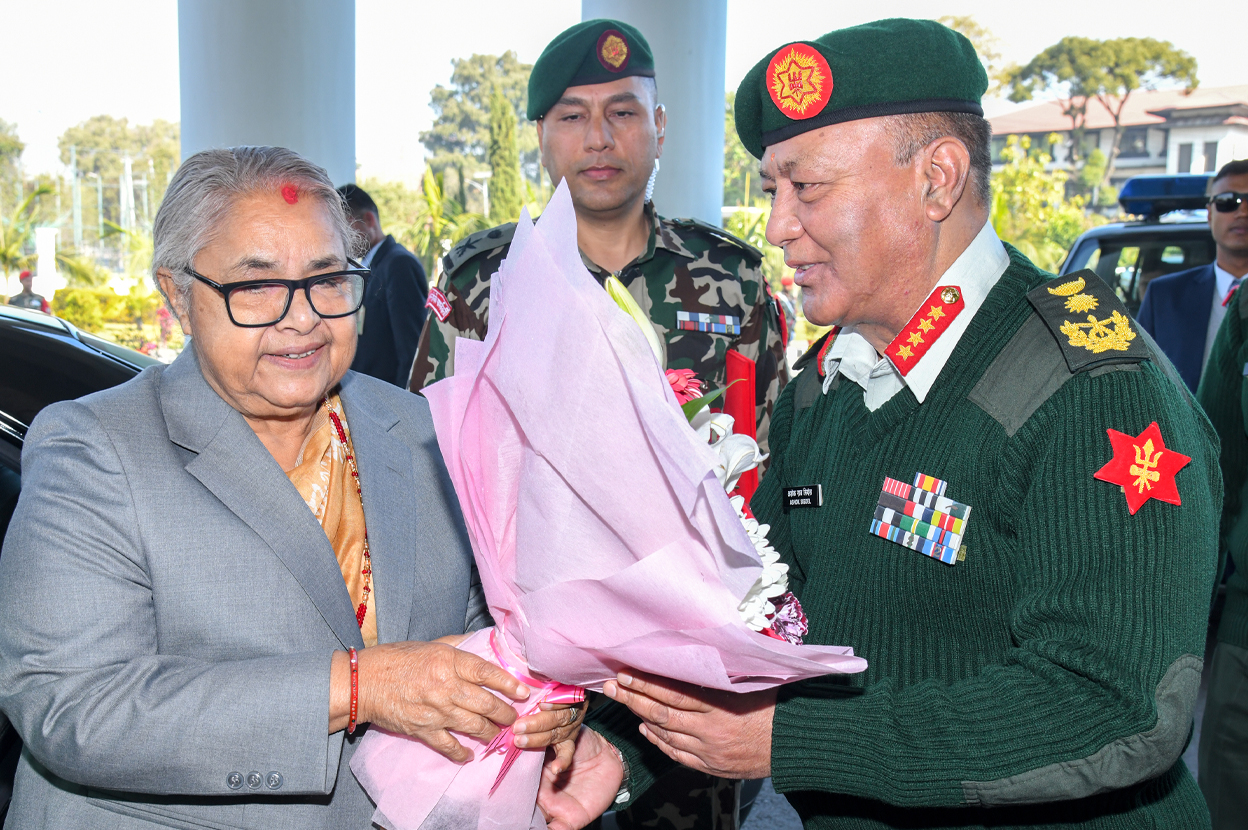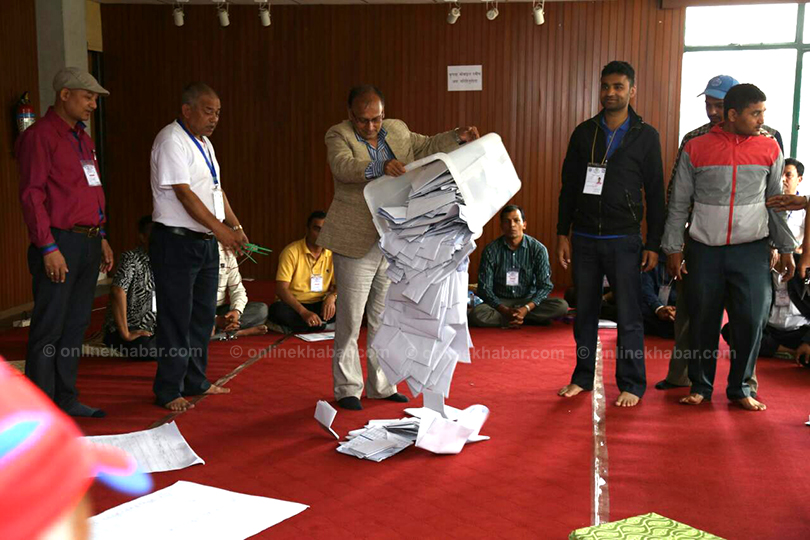
Do you know when the recent local elections took place?
The answer is May 13, 2022.
Do you know when the vote count in the Kathmandu metropolitan city was over and Balen Shah was declared the mayor?
It means the poll officials took 13 long days to count around 300,000 votes in the mayoral election. So, what are you expecting for the general elections this time?
Every election in Nepal has been followed by a sluggish vote count and the approaching elections in Nepal might not be different.
So, how long will it take?
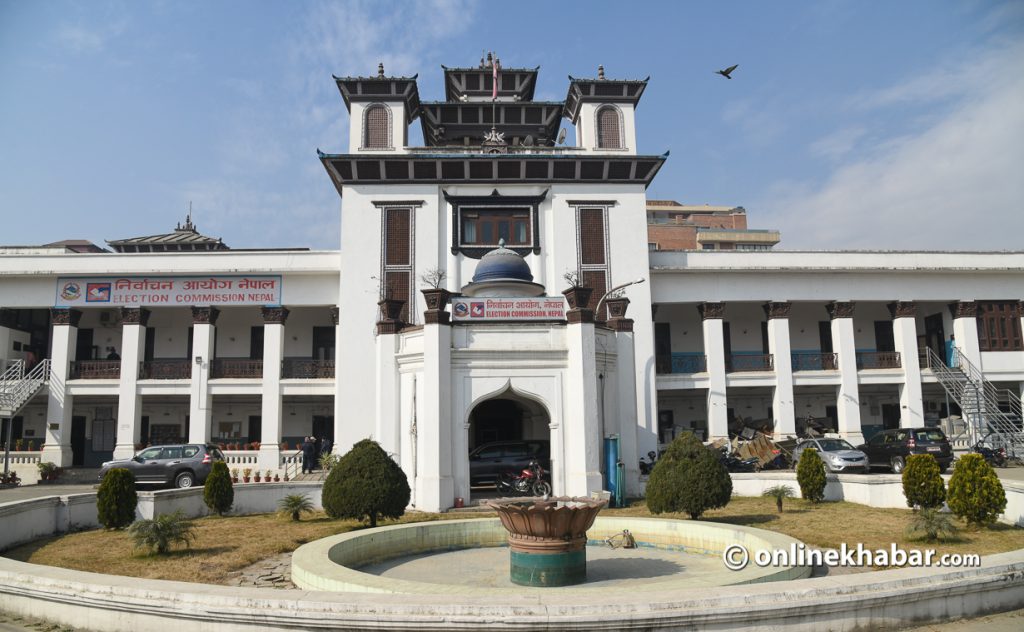
Recently, in an interview with The Kathmandu Post, Chief Election Commissioner Dinesh Kumar Thapaliya said all results of the elections will be out by December 8, which is 18 days after the voting day.
Election Commission’s assistant spokesperson Surya Prasad Aryal, however, claims that the vote counting will be completed quickly this time. “If there is no obstruction, we will complete the vote count in eight days,” Aryal says.
Aryal explains the statement of CEC Thapaliya about the final election results also includes the time to divide seats among the parties in the proportional representation system and publish the names from their previously submitted closed lists.
Yet, he adds the ballot papers will be different from the local elections this time. As a result, the method of counting the ballots of roughly 18 million voters will be different, hinting the vote count will not be as smooth as the officials claim.
This time, the first-past-the-post (FPTP/direct election) ballot papers will be counted in the first phase, first for the House of Representatives and then for the Provincial Assembly. The counting of votes for proportional representation elections will follow the FPTP one.
What makes the vote count slow?

Former Chief Election Commissioner Bhoj Raj Pokharel has several explanations about why the vote count in Nepal is slow.
According to him, the first issue is the complexity of the ballot paper. In the recent local elections, for example, even the parties not contesting in the local unit were also included in the ballot paper. This created confusion among the staff counting the votes.
However, Pokharel believes that the ballot papers of the parliamentary elections this time are relatively easy to count.
Second, since elections can be won or lost by a single vote, representatives of different political parties frequently confront vote-counting personnel to make sure their votes do not get counted as invalid ones. Although the law clearly defines legitimate and invalid votes, parties only acknowledge those laws when it is convenient for them, he comments.
“Every representative of political parties requests to let them inspect the ballot papers, which also creates delay,” says Pokharel.
The third reason, he says, comes into existence when some party expecting to win begins to lose the lead. Then, they disturb the count intentionally and sometimes it takes hours to settle the dispute, he says.
The voting counting staff have to work day and night continuously. Their restless working pattern can sometimes accidentally make errors in the counting as well. This is also one factor for sluggish vote count, says Pokharel.
So, what are the solutions?
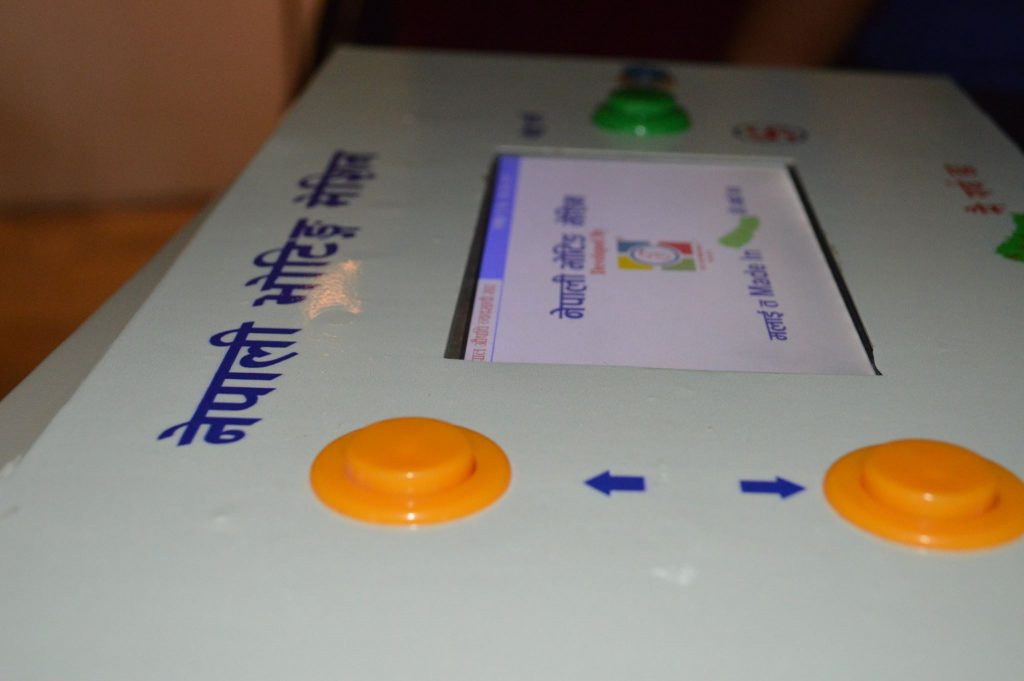
Pokharel says the vote-counting booths should be added. Counting ballot papers from different places in the same booth also consumes more time.
“The problem of slow vote counting will not be solved unless political party representatives behave maturely and cope with the vote counting staff.”
Scientist Ram Rimal, the designer of Samyak-100, an electronic voting machine, says the reluctance to use electronic voting machines has made the vote count slow, and it is the only option to end the sluggish count.
The commission’s assistant spokesperson Aryal agrees. “Our political parties are unprepared for the EVM, which creates a delay in counting votes. Else, the manual vote count is certain to take its time.”







